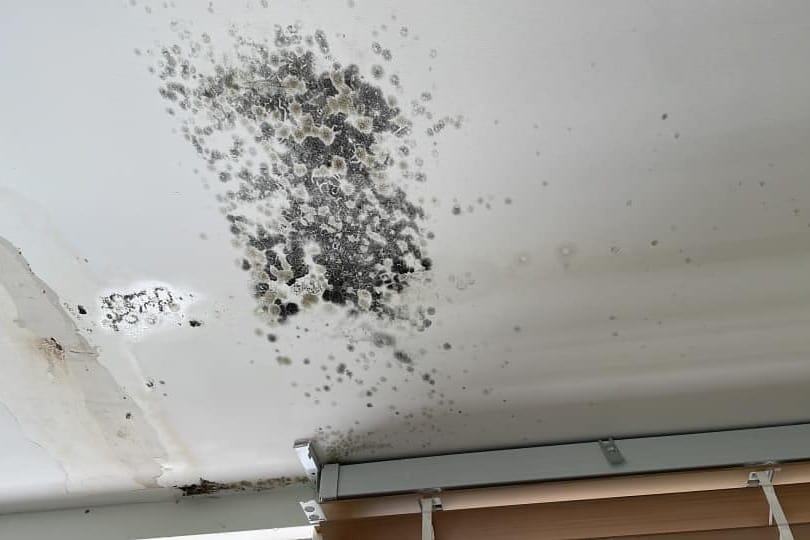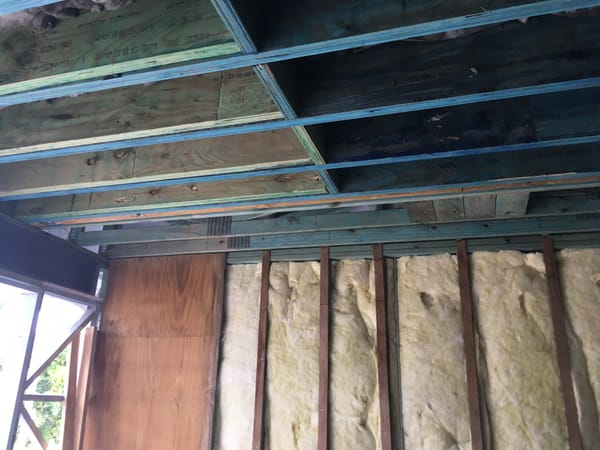Have you noticed the damp patches and spots appearing on the walls and windows of your home? The musty smells permeating the air? You're not alone. Condensation and excess moisture are wreaking havoc in Australian homes and it's becoming a national crisis.
New houses are popping up at an unprecedented rate to meet demand, but no one is checking that they're actually fit for purpose. There's no oversight ensuring homes are designed and built to standards that prevent condensation and mould formation.
The results are homes that make you sick, damage your belongings and cost a fortune to heat and cool. By the time you realise there's a problem, you've already signed on the dotted line. It's time we demand better building practises and quality homes that keep us healthy, happy and free from the threat of condensation. The crisis is real but the solutions are within our grasp.
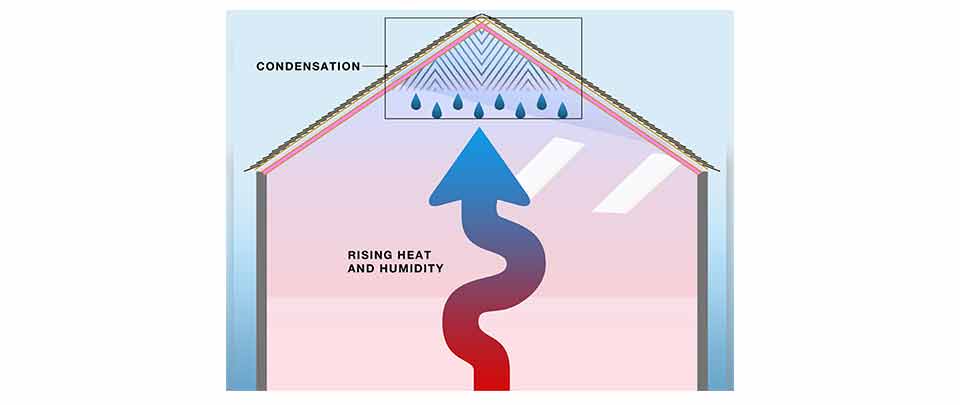
The Science Behind Condensation
The science behind condensation is simple. As warm, moisture-laden air comes into contact with cool surfaces, the air can no longer hold as much water vapour. The excess condenses into liquid water droplets.
In homes, several factors contribute to condensation. First, the amount of moisture generated by activities like cooking, bathing and even breathing. The more moisture produced, the more potential for condensation.
Second, ventilation plays a key role. Inadequate ventilation means moisture laden air is not effectively removed, raising humidity levels inside. Newer, more airtight homes are especially prone without mechanical ventilation.
Third, certain building materials are more condensation-prone. Non-porous and poorly insulated surfaces like single-glazed windows, bare concrete walls, and metal window frames provide prime areas for condensation to form.
Finally, temperature differences within the home can lead to condensation. Warm, moist air will condense on significantly cooler surfaces. Larger temperature gradients, such as cold spots behind cabinets or around pipework, increase the likelihood of condensation in those areas.
To prevent condensation, control moisture levels through ventilation, maintain consistent indoor temperatures, insulate or upgrade problem areas, and choose breathable building materials. A few simple actions can make a huge difference in creating a drier, healthier home environment. By understanding the science of condensation, you'll be well on your way to resolving this nationwide issue.
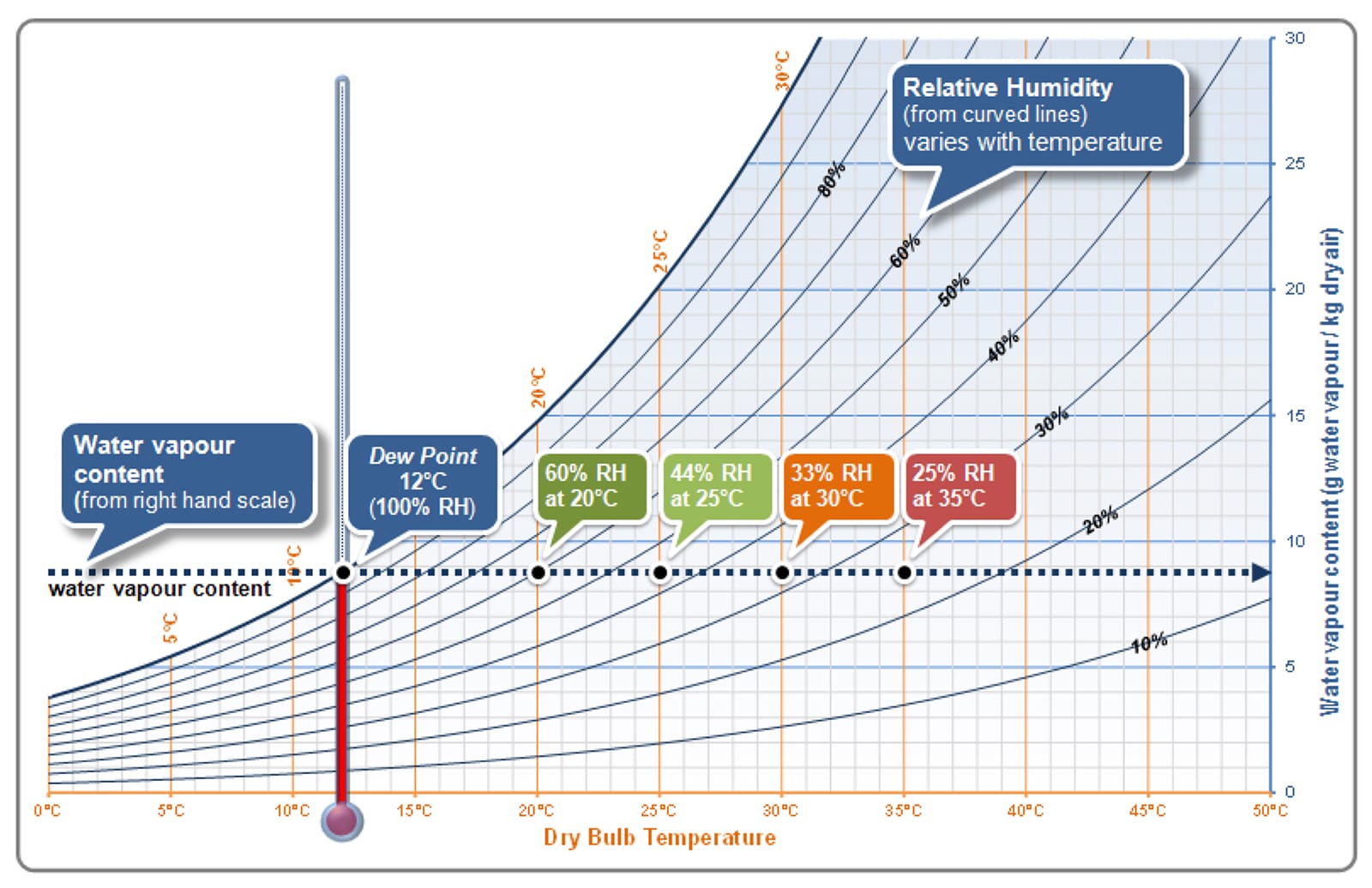
How Condensation Can Damage Homes and Health
Condensation is a major threat to Australian homes and the health of occupants. Unchecked moisture eads to mould growth, structural damage, and respiratory issues.
Living in a damp, mouldy home can worsen asthma and allergies. Mould spores irritate airways and the immune system. Excess moisture also attracts dust mites, another common allergen. For children, early exposure to mould and dampness may increase the risk of developing asthma or allergies later in life.
Unmitigated condensation also rots and corrodes building materials. Wood rots, metals rust, and plaster crumbles. In severe cases, it compromises the structural integrity of homes. The costs to repair water-damaged structures are substantial.
You may notice condensation on windows or water stains and odours in the home. Peeling paint, mould spots on walls and ceilings, and musty smells are warning signs.
To prevent damage, improve ventilation and insulation, especially in problem areas like ceiling spaces, subfloora and bathrooms. Cover cold surfaces like pipes. Run an extractor fan while showering or cooking and vent it to the outside. Reduce indoor humidity levels in the home. Make sure there is no standing water underneath your house (if it is raised off the ground).
Australia needs mandatory building regulations focused on reducing health risks from condensation and poor indoor air quality. Regulations should require improved design, construction methods and education for occupants to manage moisture effectively in homes. Our health and home values depend on it.
With some simple steps, you can avoid the headache and costs of dealing with condensation damage.
Protect your home and health by controlling excess moisture and keeping your living environment dry and well-ventilated.
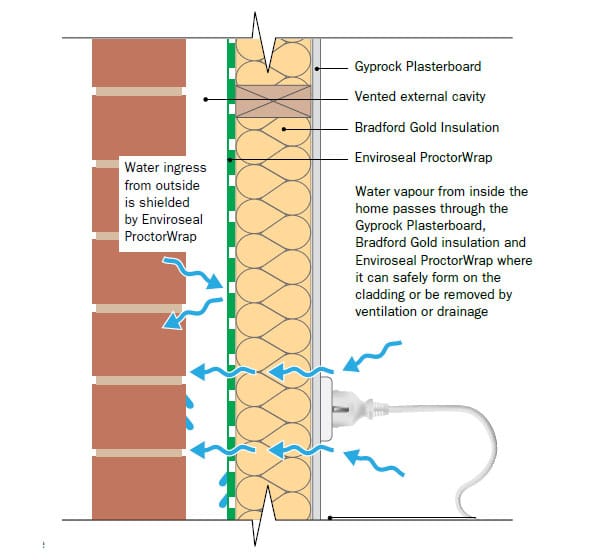
The Alarming Lack of Regulation in Australia
When it comes to building standards in Australia, there seems to be a concerning lack of oversight regarding condensation and moisture control. Currently, there are no mandatory regulations scrutinising house design or construction methods to prevent mould formation. This lack of regulation allows builders and developers to cut corners to save costs, often at the expense of home owner health and building integrity.
To understand how Australia's regulations fit into the global picture, studies were done looking at the building rules of New Zealand, the United States, Canada, the United Kingdom, and Europe. They focused on their regulations for dealing with condensation and mould. What we found was that most countries have introduced rules to tackle these issues in the last ten to twenty years.
This is supported by a recommendation from the World Health Organisation in 2009. They stated that there are no safe levels of microorganism contamination and, therefore, it's best to prevent dampness and mould-related problems in all buildings.
Without enforceable rules in place, many new homes are being built that do not adequately account for our hot and humid climate. Things like proper ventilation, vapour barriers, and climate-appropriate materials are frequently overlooked. The results are obvious - condensation forms, mould spreads, and families suffer.
A building's indoor air quality directly impacts occupant wellbeing, so unhealthy conditions can lead to respiratory issues and other health complications. Not to mention the damage caused to the home itself, including structural damage that reduces a building's lifespan.
Some countries like New Zealand and parts of the US and Canada have identified these risks and implemented regulations to address them. Their regulations provide extensive guidance on managing vapour pressure, providing adequate air-tightness and ventilation, reducing thermal bridging, and maintaining appropriate indoor temperatures - all to mitigate condensation and mould while ensuring occupant health and building durability. Australia would benefit greatly by following their lead.
Without intervention, the problem will likely worsen. As new homes become more energy efficient, less outside air circulates inside. This, combined with cheaper, less breathable building materials, creates the perfect environment for condensation and mould to thrive. The time has come for enforceable regulation in Australia regarding best practises for new home construction. Our families and our homes depend on it. Strong, comprehensive regulation is urgently needed to tackle this crisis head-on. The health of Australian homes is at stake.
Learning From International and Interstate Approaches
Learning from how other countries and Australian states have approached condensation risk mitigation and regulation can provide valuable insights into possible solutions for the national issue.
The Value of Education
Most countries provide extensive education on condensation control for occupants, designers and builders.
They recognise that understanding why it's important and how to prevent issues is key. Providing home owners with information on signs of excess moisture, mould risks and mitigation strategies empowers them to identify and address problems early.
An Integrated Approach
Rather than focusing narrowly on energy efficiency, leading countries take an integrated approach that balances thermal performance, indoor air quality and structural durability. They see energy conservation, comfort and health as equally important and interdependent. As Australia improves home energy efficiency, we must also consider how to manage the associated risks like condensation and ensure liveable, breathable buildings.
Non-Regulatory Guidance
Some countries offer useful industry guides and technical documents on condensation prevention, though they operate within a regulatory framework. Australia's Condensation in Buildings handbook provides recommendations but lacks a mandatory framework, leading to confusion. Supplementing regulations with plain-language education and guidance on best practises for specific climates and building types would help address knowledge gaps.
Learning from Interstate Approaches
Certain Australian states like Tasmania and Victoria have taken more proactive stances on condensation risk through public education and building policy. Their approaches could inform national strategies, with adjustments for climate and housing differences across the country. Rather than reinventing the wheel, we can build on evidence-based research and solutions tested domestically and abroad.
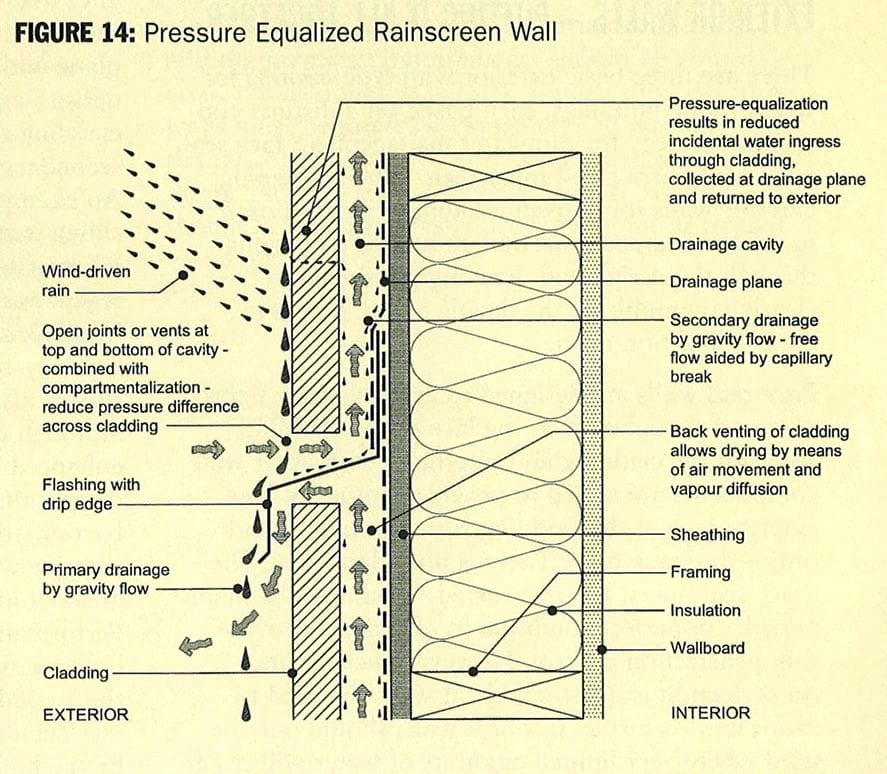
A Call to Action: Implementing Mandatory Guidelines Nationwide
It’s clear Australia needs mandatory building guidelines to properly address the national condensation crisis. The current regulations just aren’t cutting it. Without enforceable rules in place, builders will continue using subpar methods and materials that put home owners’ health and finances at risk.
The Problems with Self-Regulation
The building industry has been left to self-regulate on condensation for too long. While there are some guidelines available, following them is optional. Many builders choose cheaper, easier options instead of best practises because there are no consequences for cutting corners. The result? Condensation and mould run rampant in new homes across Australia.
Home owners are often unaware of these issues until health problems arise or repairs become necessary. The costs then fall on them rather than the builders responsible. It’s an unfair burden that could be avoided if robust regulations were in place.
What Needs to Change
It’s time for the Australian Building Codes Board (ABCB) to implement mandatory standards for condensation risk management and control. These should include:
- Performance requirements within the National Construction Code (NCC) holding builders accountable for proper vapour barrier installation, ventilation, and other moisture control measures.
- Australian Standards clearly defining best practises for various climate zones and construction types. Builders must follow these standards to achieve building certification.
- Strict guidelines for the use of suitable, breathable building materials that won’t exacerbate condensation issues. Some commonly used products today significantly contribute to the problem.
- Mandatory education for builders on how to design and construct homes that effectively manage humidity and prevent mould growth. Staying up-to-date with best practises should be required to maintain accreditation.
- Consistent regulations across all states and territories. The current patchwork of rules has too many gaps and loopholes. National standards are needed.
- Robust enforcement of these new rules with penalties for non-compliance to ensure they are taken seriously.
The ABCB and government must act now to establish and enforce mandatory guidelines, or Australia’s condensation crisis will only worsen. Home owners deserve regulations that put health, safety and building performance first.
Self-regulation has failed, but there’s still time to make it right by implementing changes that will benefit home owners for generations to come. Strong, enforceable rules can curb this crisis, if we have the will to establish them.
Self regulation for the building industry is the same as asking a person with an eating disorder to have a party at a Krispy Cream store an exercise restraint.
Conclusion
Australia is facing a condensation crisis that threatens the health and safety of home owners across the country. Without stronger regulations and building standards in place, condensation and mould will continue to run rampant in new homes. Don't just take it from the experts, look around your own home - are there signs of water damage or mould growth?
It might already be too late, but by raising awareness of this issue and demanding better from builders and policy makers, together we can work to resolve this crisis and ensure all Australians have a safe, healthy place to call home. The power is in your hands, so take action today to protect yourself and your family. Our homes are worth fighting for.
Read the Scoping Study
Final report on which this blog post was based upon.


